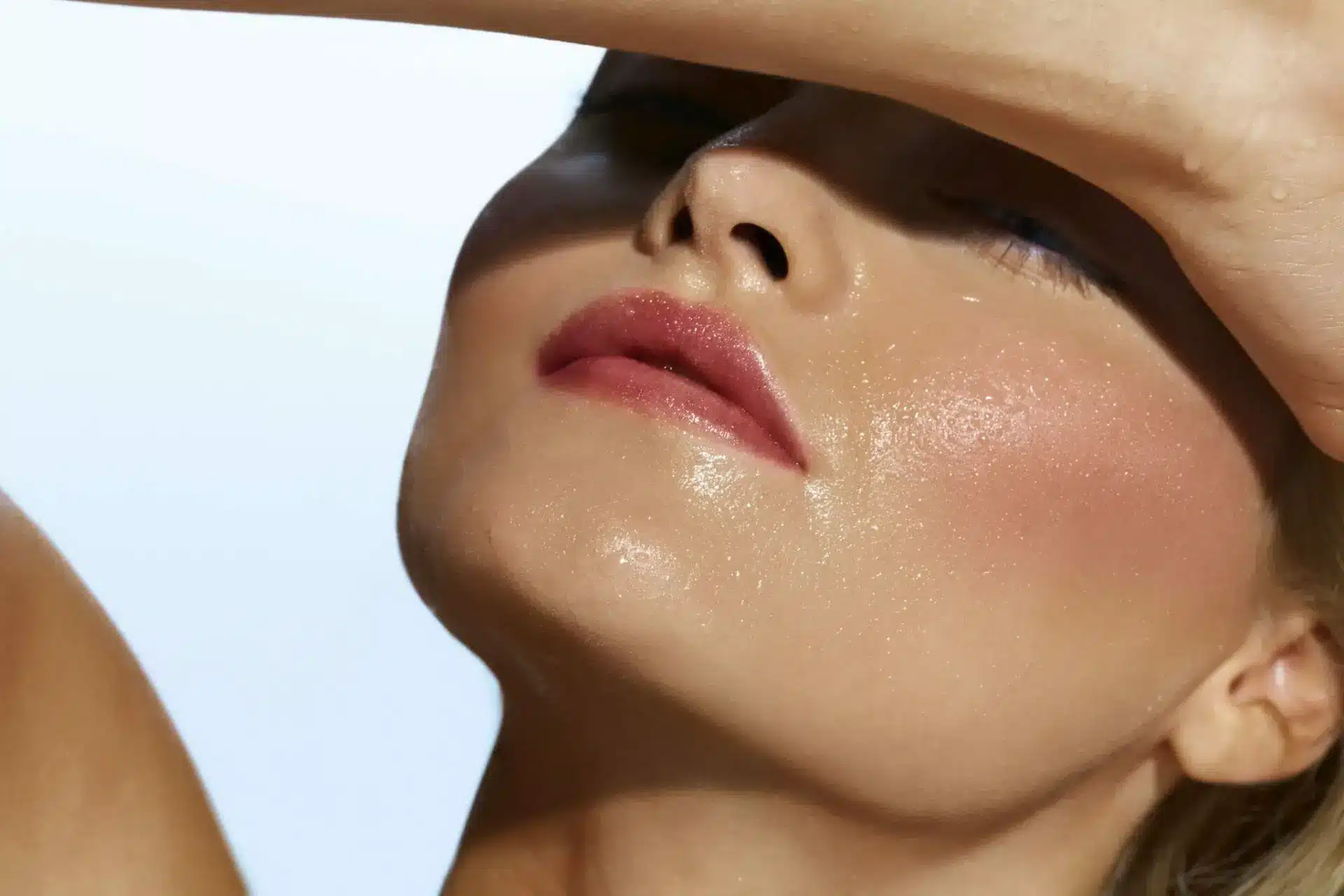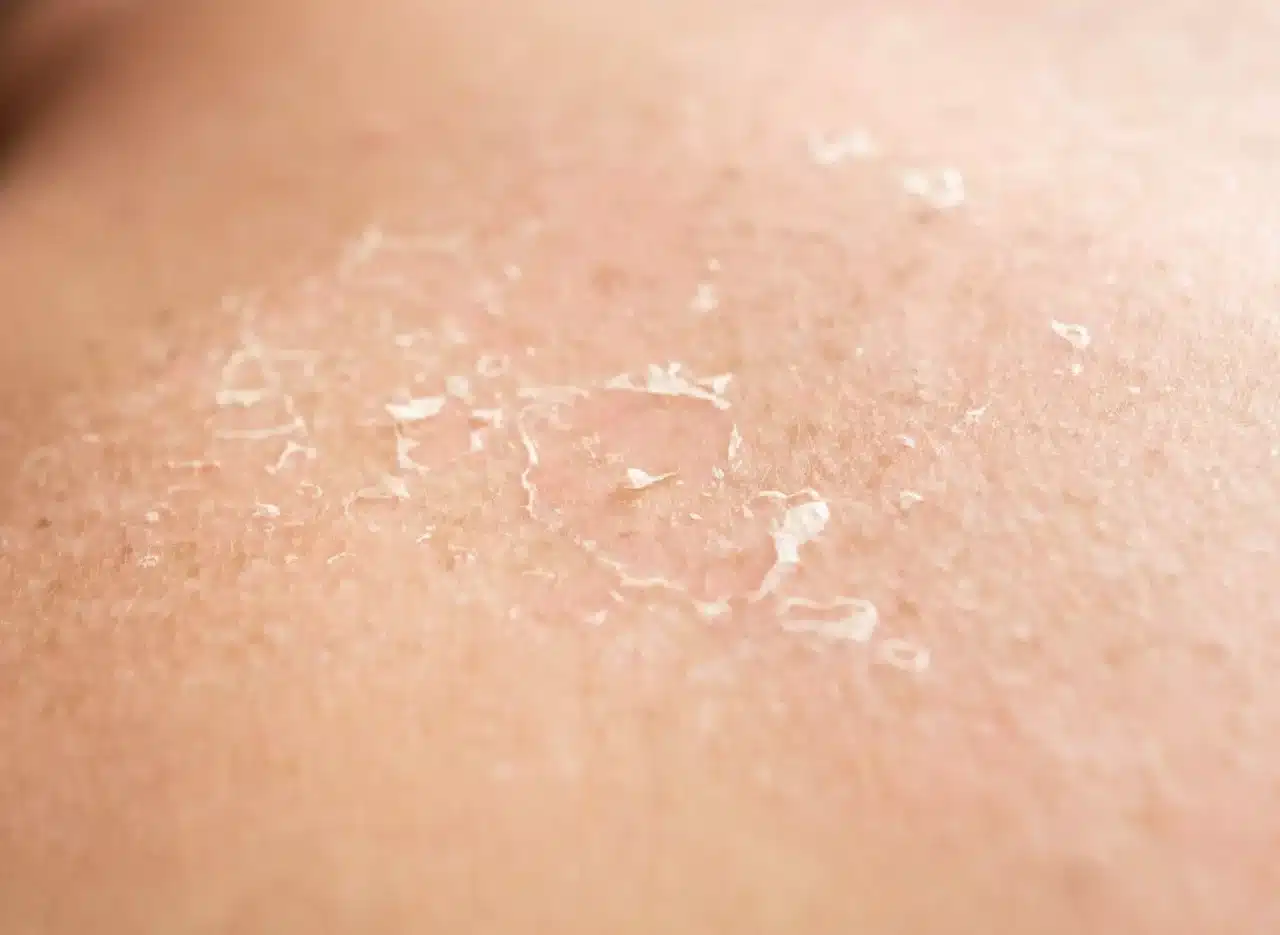Is self-tanner bad for your face?
You may use self-tanner on your body, but is self-tanner bad for your face? Self-tanning does not have the same effects on everyone, but if you have sensitive, dry or oily skin, you should avoid putting it on your face.
Oily skin is prone to develop spots where you rub them with regular use of self-tanner. If you want to use a self-tanner for your face, we recommend the one designed for sensitive skin or for your face.
Tips:
Note: This post may contain affiliate links, which means if you buy from my link I might make a small commission. This does not affect the price you pay. See the full affiliate disclosure here.
- Opt for a gradual tanner if you are new to self-tanners.
- Try applying moisturizer to your face before applying self-tanner.
- Exfoliate your skin a couple of hours before you get a spray tan.
- Always wash your hands after applying self-tanner.
- If you’re using a self-tanning product that comes in stick form, apply it with minimal pressure. Use it as you would a lip stain or makeup stick.
Keep reading if you want to learn how to take care of your face after self-tanner.

Can self-tanner cause acne breakouts?
Self-tanner is not usually the main reason for acne breakouts, but it could happen. If you use a self-tanner and you have acne breakouts, try switching to self-tanners for your face, or avoid it for a while.
You may worry that self-tanner can clog pores because it’s such a dark colour or because of its ingredients. It is possible to get self-tanning products into pores, but it’s less likely than you think. This is because your skin is not actually tan when you apply self-tanner.
Self-tanner can oxidize and turn orange in contact with oil — that’s why it’s best to use a tanner formulated with face in mind. You don’t want the fake tanner on your face to darken faster than the rest of your body. The ingredients in self-tanners meant for the face may better suit people with sensitive skin.
Even if some brands say that self-tanner moisturizes the skin, I would still use a proper moisturizer just in case.

Is self-tanner safe for oily skin?
Oily skin types should choose tanning mousses and lotions over self-tanning sprays. The key to a streak-free tan is exfoliation. If you want to learn more tips, check out this list down below:
- Use a clean application mitt or disposable gloves to make sure you don’t stain your hands or nails.
- If you’ve got oily skin, avoid ingredients like almond oil and lavender oil. Also, avoid any other fragrant ingredients that may cause acne flare-ups.
- Some self-tanners are specifically for oily skin types and can control shine throughout the day.
If you follow this advice, it won’t be hard to find a self-tanner that works for oily skin. Even if we don’t advise sensitive skin and oily skin types to use self-tanning products, there is a way to make things work.

Should you use the same self-tanner on your body and face
No, you should use a different tanner for your face than you do for your body. Especially if you have oily, acne-prone, sensitive or dry skin. If you are lucky enough to have a normal skin type, you can try using the same product.
My favourite self-tanner for my face is Beauty by Earth Face Tanner. They offer two different options, for fair skin and for darker skin. What I love about it is that the product is vegan with all clean ingredients, so you don’t have to worry about that.
Why you shouldn’t use the same self-tanner on your body and face:
- Your face has more sensitive skin than your body.
- Some ingredients may not work well with your face.
- Your face’s skin will naturally tan faster than your body’s skin.
We know it is convenient to use the same products, but if you have problematic skin, it is not worth it. The thing you should do is exfoliate and moisturize both your skin and body before tanning.
How to take care of your face after self-tanner?
After applying self-tanner to your face, you should continue caring for your skin. You can do that with the correct products and cleaning methods to prevent issues. Follow the list below:
- Exfoliate regularly to keep your skin smooth.
- Use oil-free moisturizer.
- Moisturize before bed.
- Wear sunscreen daily.
- Get a salon facial peel after a few weeks of tanned skin.
- Be careful around your eyes.
- Keep your hair off your face.
- Wait 24 hours to wash your face with soap or a cleanser.
- Don’t pick at peeling skin.
- Consider trying masks made with aloe vera, tea tree oil, and vitamin C.
- Shower with cold water, so the pores of your face shut immediately after applying self-tanner.
Keep your face skin happy and healthy after using self-tanner by following these tips. If you follow most of these tips above, your face will look beautiful with or without a self-tanner.

Conclusion- Is self-tanner bad for your face?
The bottom line? If your self-tanner says you should use it on the face and body, then it’s best to use it on the face and body. If you’re using a moisturizer with SPF that doubles as a self-tanner, stick to using it on the body. This is because putting it on the face may cause issues with sun sensitivity.
Of course, if you notice any redness or irritation where you apply your self-tanner, do not continue to use it there.
The takeaways from this article should help you make the right self-tanner choices. They will keep your skin and body healthy and help you look your best.
We hope that this article gives you some insight into self-tanning products on your body and face. If you have any recommendations for the products you have already tested, feel free to leave a comment down below.








